
Precious Metals – All Around You
INTRODUCTION
European citizens own, touch, and use precious metals every day, and they use even more products and services made possible by these rare substances. We are all aware that precious metals are rare which makes them so valuable. However, we often do not know that these metals are essential to our modern lives due to their unique properties such as high conductivity, high melting points, physical and chemical resistance, ability to catalyse (accelerate or make possible) chemical reactions, and their optical qualities. Precious metals are used in a wide range of applications in low concentrations and often in a substance mix such as alloys or in compounds like oxides.
The best-known precious metals, gold (Au) and silver (Ag), have been used since ancient times. The rarest metallic elements belong to the Platinum Group and include platinum (Pt), palladium (Pd), osmium (Os), rhodium (Rh), ruthenium (Ru) and iridium (Ir). Today, 85 – 90% of gold and 60% of silver continue to be used for jewellery, ornaments, household items, and bars for investment. Even 29% of platinum (Pt) is used in jewellery, but they all have other uses that might surprise you. Need more technical information? Substances Page
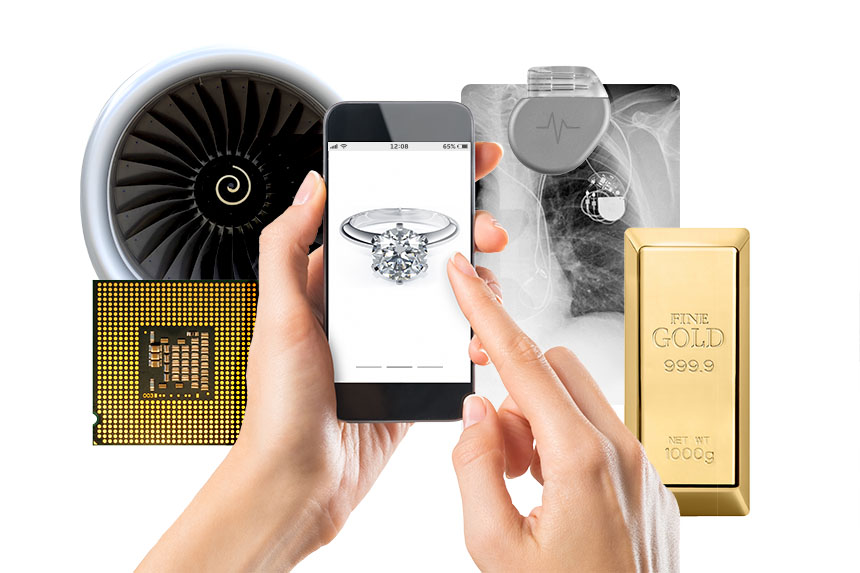
GOLD
Approximately 10-15 % of gold is used in a range of applications that make use of its special properties. Its corrosion-resistant, static-free electrical conduction means that a small amount is used in the nearly 1.5 billion smart phones sold every year. It is also used in other electronic devices where efficient, high-performance is required such as mounting microprocessors and memory chips onto the motherboard in your computer. Electronic connectors requiring extended durability and reliable transmission are made of other metal alloys which are then electroplated with gold to resist oxidation.
Navigation in your car and with your mobile phone depend on the global positioning system (GPS) satellites which have components covered by gold coatings to protect them against corrosion from ultraviolet light and x-rays. The visors of astronauts’ helmets are coated with gold to deflect radiation harmful to eyes, and the mirrors of space telescopes have a gold deposition on their surface to increase their reflectivity of infrared light.
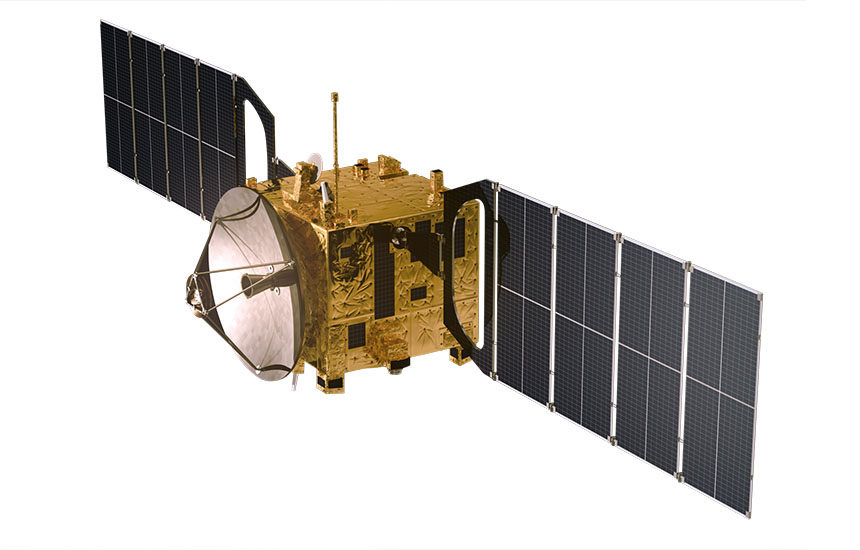
SILVER
Silver has the lowest contact resistance and the highest electrical and thermal conductivity of all metals which makes it essential in components of Green Technologies. Solar panels, rapid charging – stations and in-road applications, and certain types of electrodes all require silver. It is used in circuit boards and in some types of batteries when the required speed of conduction exceeds that of what copper can deliver. The sensitivity of silver compounds to light is which is what made photography possible long before the digital age. The “silver screen” era of films was made possible by a reaction of silver ions that darkened the surface of celluloid film. Silver compounds are still used in producing fine photography prints for museums and collectors.
Silver continues to be used in X-rays and other medical applications. Silver was used by the ancient Greeks for its natural antimicrobial properties before the discovery and ability to manufacture modern antibiotics. Now, the rapid rise of antibiotic-resistant strains of microbes means that researchers are focusing again on silver as one of the keys to future defences to protect human health. The use of silver for water purification continues today.
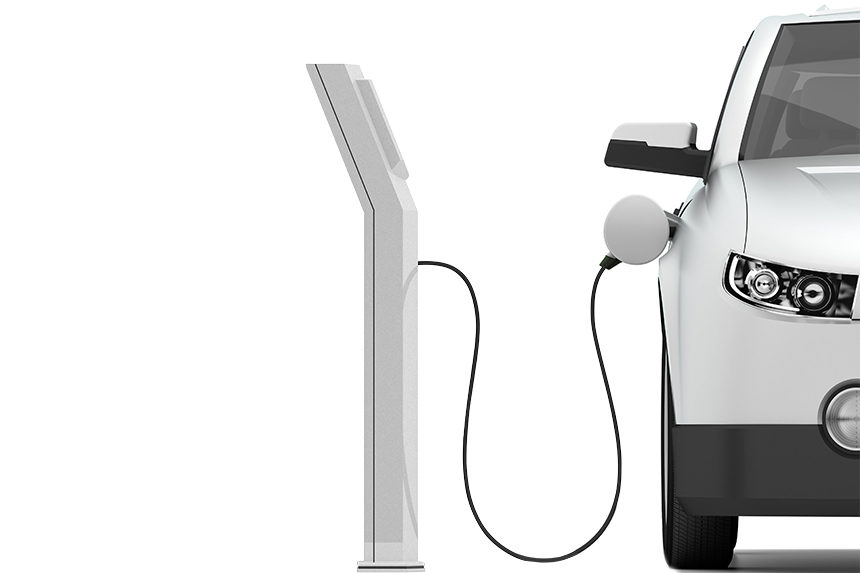
PLATINUM
Platinum (Pt) also finds its way into a wide range of uses. Today, 40% of platinum, 80% of palladium (Pd), and 80% of rhodium (Rh) are used in catalytic converters for cars, buses, trucks, and other industrial processes. These elements convert the emissions from the combustion chamber into less harmful gases as they pass through the system.
In fact, precious metals can be found in at least 20 automotive applications. The correct deployment of the airbags is ensured by the use of a small amount of platinum and gold for the sensor device. Due to platinum’s high heat resistance – it’s melting point is 1770 °C – and wear-resistant properties, it is used for contact points of spark plugs which last twice as long as conventional copper spark plugs.
Fuel cells, both for stationary and for mobile applications, require platinum as a catalyst. Ruthenium (Ru), and smaller amounts of palladium and rhodium are also used. If you take a plane, it is likely that platinum was used to bind thermal barrier coatings to the blades of the jet engines to improve their high-temperature performance and corrosion resistance. Additional uses of platinum include crucibles that are used in the production of fibre optics, computer hard disks, and thermocouples. In healthcare, platinum is used in pacemakers and defibrillators. Platinum compounds are used in chemotherapy to treat cancers.
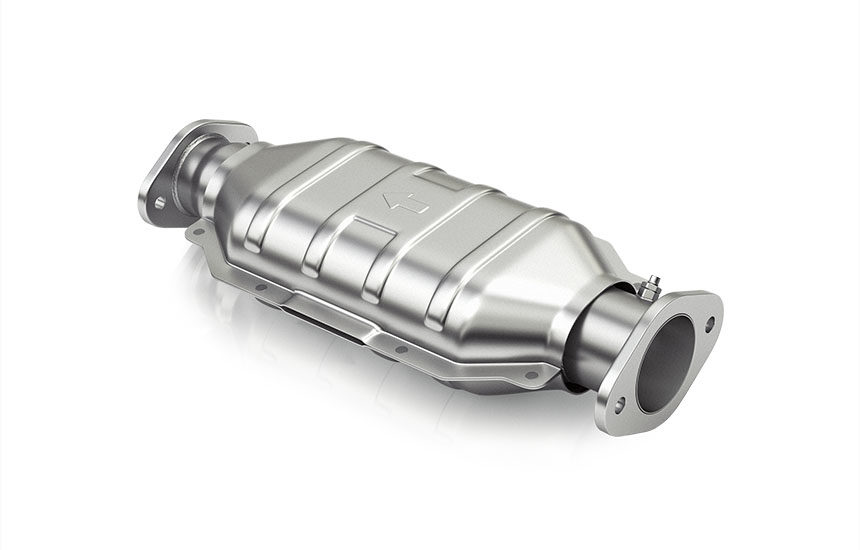
PALLADIUM
Like platinum, most palladium (Pd) is used in catalytic converters. It is also used in jewellery and some dental healthcare applications such as fillings and crowns. About 8% of palladium is used in the electronics industry. For example, palladium is sandwiched between layers of ceramic in capacitors used in laptop computers and mobile phones.

OSMIUM
Osmium (Os) is the densest of all elements, approximately two times as dense as lead. If you have a high-quality fountain pen, chances are that the tip is made from an alloy of osmium and iridium (Ir). This very hard alloy is also used for instrument pivots such as in compasses and in electrical contacts.

IRIDIUM
Because iridium is one of the world’s hardest metals, it is also sometimes used for the contacts in spark plugs. With its high melting point, 2450 °C, iridium spark plugs last about 25% longer than platinum spark plugs.
Iridium is the most corrosion-resistant material known. For that reason, it was used in an alloy of 90% platinum and 10% iridium to make the standard metre bar. It is also used to make crucibles in which other compounds are formed.
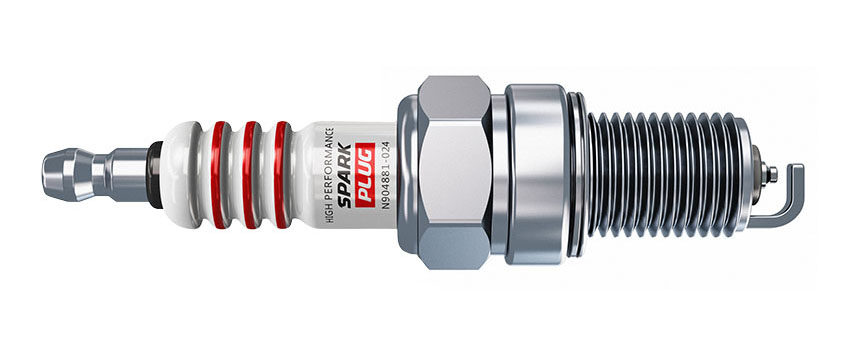
RHODIUM
While the major use of rhodium (Rh) is in catalytic converters, 11% of production is used in glass-related applications, such as coatings for optic fibres and optical mirrors. Because it is also highly resistant to corrosion, it is used for thermocouple elements and crucibles.
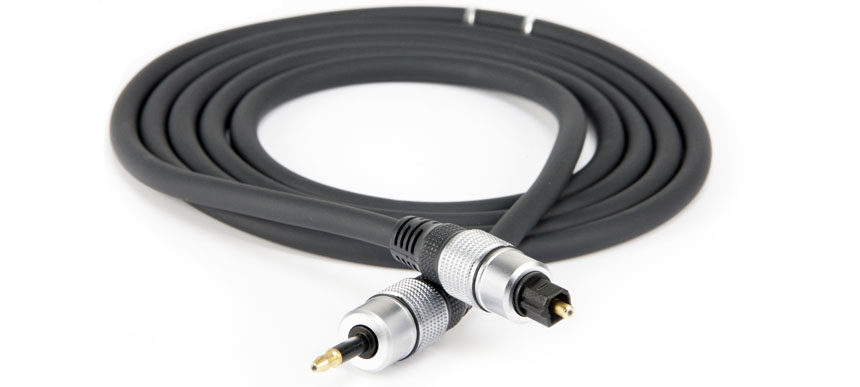
RUTHENIUM
Most ruthenium (Ru) is used in the electronics industry for chip resistors and electrical contacts. Used in small amounts to create alloys, is one of the most effective hardeners for platinum and palladium. The alloys are used to make electrical contacts with severe wear resistance. Ruthenium compounds are also finding new uses in solar cells.
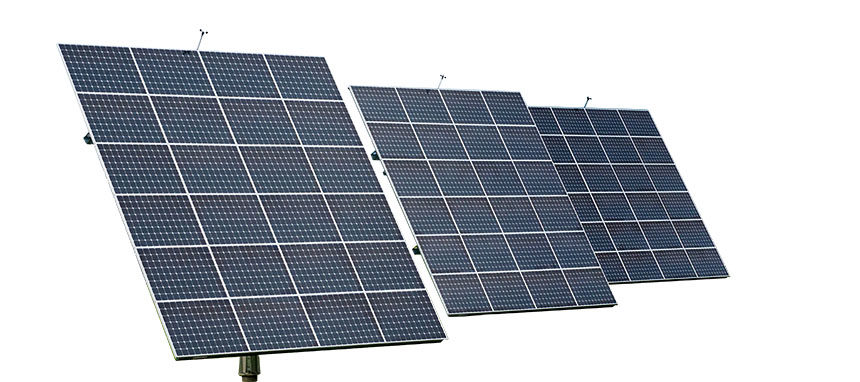
RHENIUM
The rarest element at 1 part per billion is Rhenium (Re), a transition metal, which was not isolated until 1925. Although it is not part of the precious metals group, its unique properties and rareness are very similar.
Rhenium has very specialised uses such as being an additive to tungsten- and molybdenum-based alloys to make oven filaments and x-ray machine components. It is used in a platinum alloy for filaments in mass spectrometers and other scientific instruments. Rhenium is used to improve the performance of nickel alloys used in turbine blades.
Lead-free, high-octane gasoline production is made possible by rhenium catalysts. In fact, rhenium and all of the precious metals are used for their special catalytic properties in petroleum processing and agricultural, pharmaceutical, and fine chemical industries. These nine elements are used alone or in combination with other elements to create a wide range of catalysts that make many processes possible, safer, and more efficient.
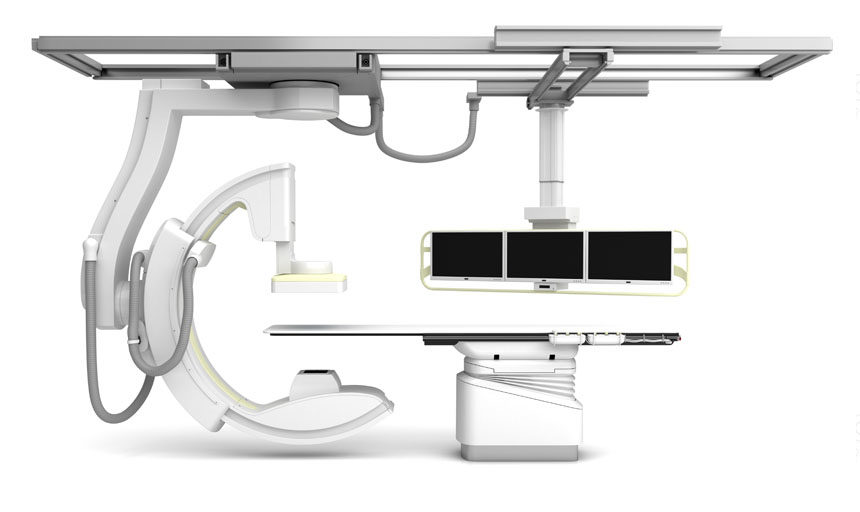
Precious metals, their compounds, and the products that result from their use are truly All Around You. They make our lives more enjoyable, safer, more productive, and healthier. They enable us to have a cleaner environment today, and their importance is growing as Europe leads the world towards a low-carbon economy.
